-
 bitcoin
bitcoin $120167.907534 USD
1.27% -
 ethereum
ethereum $4468.611945 USD
2.53% -
 xrp
xrp $3.013607 USD
1.80% -
 tether
tether $1.000549 USD
-0.01% -
 bnb
bnb $1092.592149 USD
6.28% -
 solana
solana $231.391244 USD
4.59% -
 usd-coin
usd-coin $0.999699 USD
-0.04% -
 dogecoin
dogecoin $0.259020 USD
4.30% -
 tron
tron $0.342747 USD
0.34% -
 cardano
cardano $0.860977 USD
1.07% -
 hyperliquid
hyperliquid $50.155412 USD
5.34% -
 chainlink
chainlink $22.637678 USD
0.46% -
 ethena-usde
ethena-usde $1.000528 USD
-0.07% -
 avalanche
avalanche $30.613779 USD
-0.07% -
 stellar
stellar $0.403905 USD
0.94%
What is state channels?
Multi-party state channels facilitate complex interactions within a shared ledger, fostering transparency and accountability among numerous participants.
Feb 18, 2025 at 10:13 pm
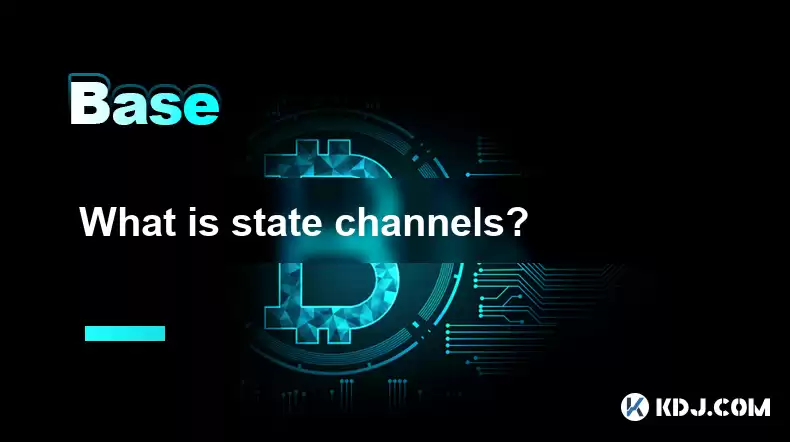
- State channels enable off-chain transactions to improve scalability and reduce costs.
- Atomicity ensures the validity of transactions within a state channel.
- Multi-party state channels allow for complex interactions between multiple participants.
State channels are a revolutionary technology in the cryptocurrency world, designed to enhance scalability and reduce transaction costs on decentralized networks. They operate as off-chain transaction channels that temporarily remove the burden of computations from the main blockchain, allowing participants to execute and settle transactions outside the constraints of the blockchain's infrastructure.
Atomicity: Ensuring IntegrityOne of the most critical aspects of state channels is their atomic nature. Atomicity ensures that transactions within a state channel are either fully executed or fail completely. This mechanism provides a guarantee of safety, ensuring that participants can trust the validity and integrity of every transaction. In a state channel, the current state of transactions is stored in a shared ledger between the participants. If any party attempts to modify the ledger or interrupt the channel, the atomic nature ensures that the entire channel is closed, and all transactions are reverted to their initial state. This robust security feature safeguards the interests of all participants and fosters trust within the channel.
Multi-Party State Channels: Complex InteractionsState channels are not limited to one-to-one interactions; they can also accommodate complex scenarios involving multiple parties. Multi-party state channels enable participants to establish intricate payment networks, facilitate multi-party computations, and coordinate joint actions outside the blockchain's confines. The shared ledger within a multi-party state channel records the evolving state of interactions, ensuring transparency and accountability among all participants.
Step-by-Step Execution in State Channels- Channel Creation: Participants establish a state channel by creating a smart contract on the blockchain that acts as a ledger for recording transactions. The contract defines the rules governing the channel, including its participants, transaction limits, and dispute resolution mechanisms. The participants can then transfer funds to the channel from the main blockchain.
- Off-Chain Transactions: Within the state channel, participants can execute transactions off-chain without involving the blockchain. These transactions can include transfers of assets, contract executions, or any other blockchain-based interactions. The shared ledger keeps a record of every transaction, ensuring transparency and accountability among participants.
- Settlement and Closure: Once the participants have completed their off-chain transactions, they can choose to settle the channel and return their funds to the main blockchain or close the channel and remove it from the network entirely. If the participants agree on the final state of the shared ledger, they can execute a settlement transaction that updates the main blockchain, effectively finalizing the off-chain transactions.
- Are state channels secure? State channels inherit the security of the underlying blockchain and employ atomic mechanisms to preserve the integrity of transactions. However, it's important for participants to carefully select their counterparties and establish clear rules within the smart contract to minimize risks.
- What are the advantages of using state channels? State channels offer several advantages, including improved scalability by reducing the load on the main blockchain, shortened transaction confirmation times, lower transaction fees, and enhanced privacy as transactions are processed off-chain.
- What types of transactions can be conducted through state channels? State channels provide a versatile platform for conducting various blockchain-based transactions, such as asset transfers, contract executions, crowdfunding, supply chain management, and multi-party computations.
- How can I participate in a state channel? To participate in a state channel, you need to find other willing participants, create a smart contract on the blockchain, and fund the channel. You can also join existing state channels that match your interests and fulfill the requirements outlined in the smart contract.
- What are the limitations of state channels? One limitation of state channels is that they require careful planning and setup, including defining clear rules, selecting trustworthy participants, and setting appropriate transaction limits. Additionally, state channels may introduce new risks, such as the risk of counterparty default or disputes.
Disclaimer:info@kdj.com
The information provided is not trading advice. kdj.com does not assume any responsibility for any investments made based on the information provided in this article. Cryptocurrencies are highly volatile and it is highly recommended that you invest with caution after thorough research!
If you believe that the content used on this website infringes your copyright, please contact us immediately (info@kdj.com) and we will delete it promptly.
- BlockDAG, DOGE, HYPE Sponsorship: Crypto Trends Shaping 2025
- 2025-10-01 00:25:13
- Deutsche Börse and Circle: A StableCoin Adoption Powerhouse in Europe
- 2025-10-01 00:25:13
- BlockDAG's Presale Buzz: Is It the Crypto to Watch in October 2025?
- 2025-10-01 00:30:13
- Bitcoin, Crypto, and IQ: When Genius Meets Digital Gold?
- 2025-10-01 00:30:13
- Stablecoins, American Innovation, and Wallet Tokens: The Next Frontier
- 2025-10-01 00:35:12
- NBU, Coins, and Crypto in Ukraine: A New Yorker's Take
- 2025-10-01 00:45:14
Related knowledge

How does cryptocurrency achieve decentralization?
Sep 30,2025 at 04:37am
Understanding the Foundation of Decentralization in Cryptocurrency1. Cryptocurrency achieves decentralization primarily through the use of blockchain ...
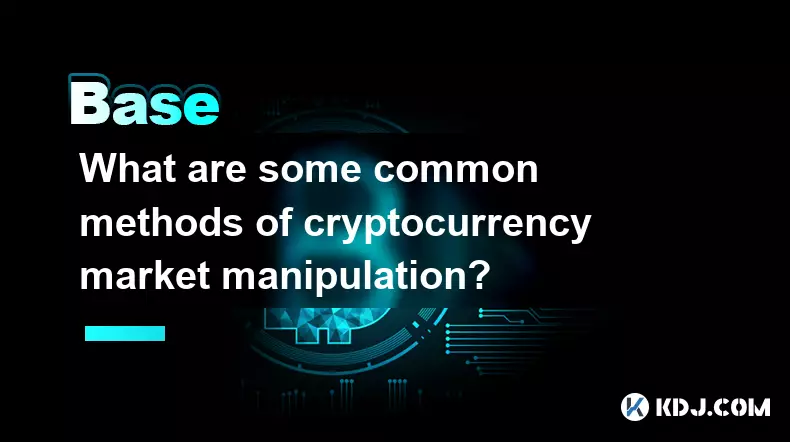
What are some common methods of cryptocurrency market manipulation?
Sep 27,2025 at 02:55am
Wash Trading and Its Impact on Market Perception1. Wash trading involves an individual or entity simultaneously buying and selling the same cryptocurr...
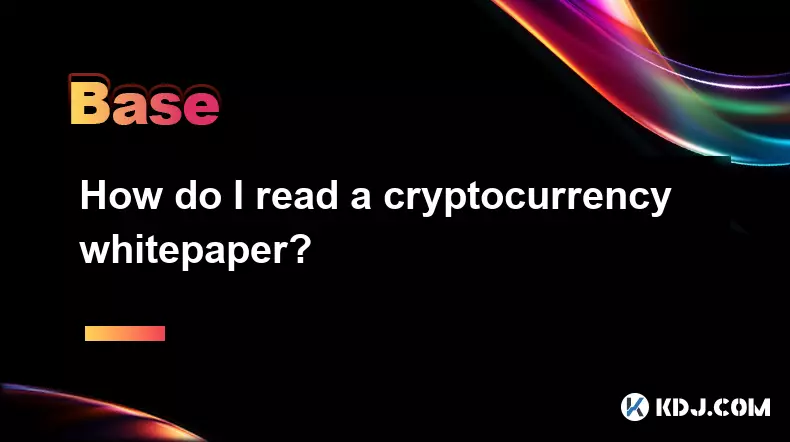
How do I read a cryptocurrency whitepaper?
Sep 27,2025 at 05:54am
Understanding the Structure of a Cryptocurrency Whitepaper1. Begin by identifying the executive summary, which outlines the project’s core vision and ...
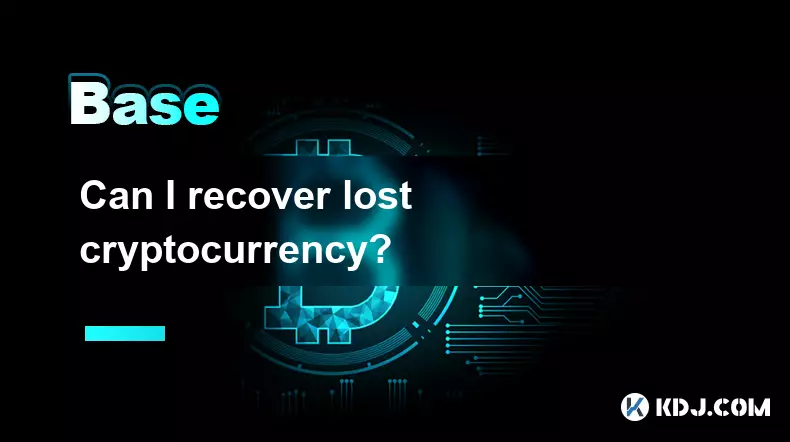
Can I recover lost cryptocurrency?
Sep 25,2025 at 08:18am
Understanding the Nature of Cryptocurrency Loss1. Cryptocurrency operates on decentralized networks, meaning there is no central authority to reverse ...
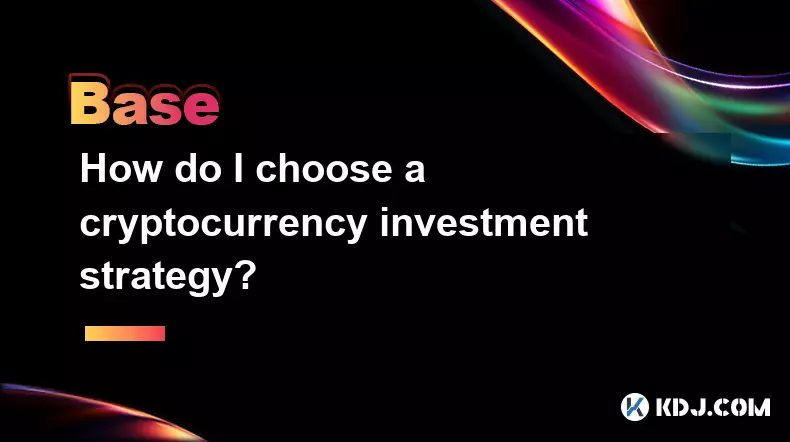
How do I choose a cryptocurrency investment strategy?
Sep 27,2025 at 03:55pm
Understanding Risk Tolerance in Crypto Investing1. Assessing personal risk tolerance is a foundational step when entering the cryptocurrency market. V...
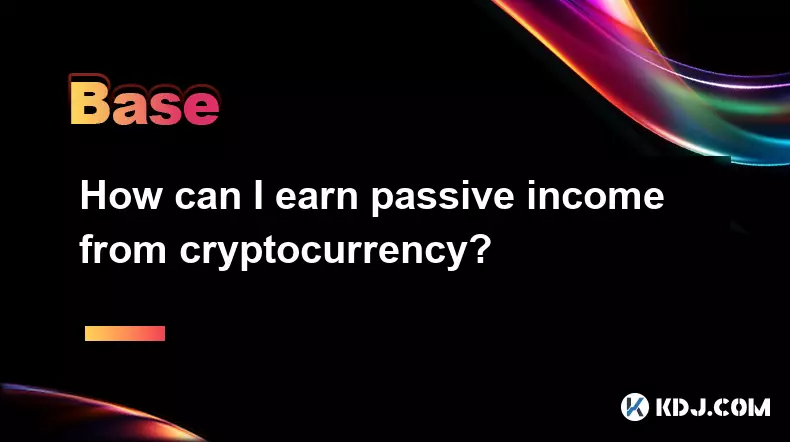
How can I earn passive income from cryptocurrency?
Sep 23,2025 at 10:18am
Staking Cryptocurrencies for Regular Returns1. Many blockchain networks operate on a proof-of-stake (PoS) consensus mechanism, allowing users to earn ...

How does cryptocurrency achieve decentralization?
Sep 30,2025 at 04:37am
Understanding the Foundation of Decentralization in Cryptocurrency1. Cryptocurrency achieves decentralization primarily through the use of blockchain ...

What are some common methods of cryptocurrency market manipulation?
Sep 27,2025 at 02:55am
Wash Trading and Its Impact on Market Perception1. Wash trading involves an individual or entity simultaneously buying and selling the same cryptocurr...

How do I read a cryptocurrency whitepaper?
Sep 27,2025 at 05:54am
Understanding the Structure of a Cryptocurrency Whitepaper1. Begin by identifying the executive summary, which outlines the project’s core vision and ...

Can I recover lost cryptocurrency?
Sep 25,2025 at 08:18am
Understanding the Nature of Cryptocurrency Loss1. Cryptocurrency operates on decentralized networks, meaning there is no central authority to reverse ...

How do I choose a cryptocurrency investment strategy?
Sep 27,2025 at 03:55pm
Understanding Risk Tolerance in Crypto Investing1. Assessing personal risk tolerance is a foundational step when entering the cryptocurrency market. V...

How can I earn passive income from cryptocurrency?
Sep 23,2025 at 10:18am
Staking Cryptocurrencies for Regular Returns1. Many blockchain networks operate on a proof-of-stake (PoS) consensus mechanism, allowing users to earn ...
See all articles










































































